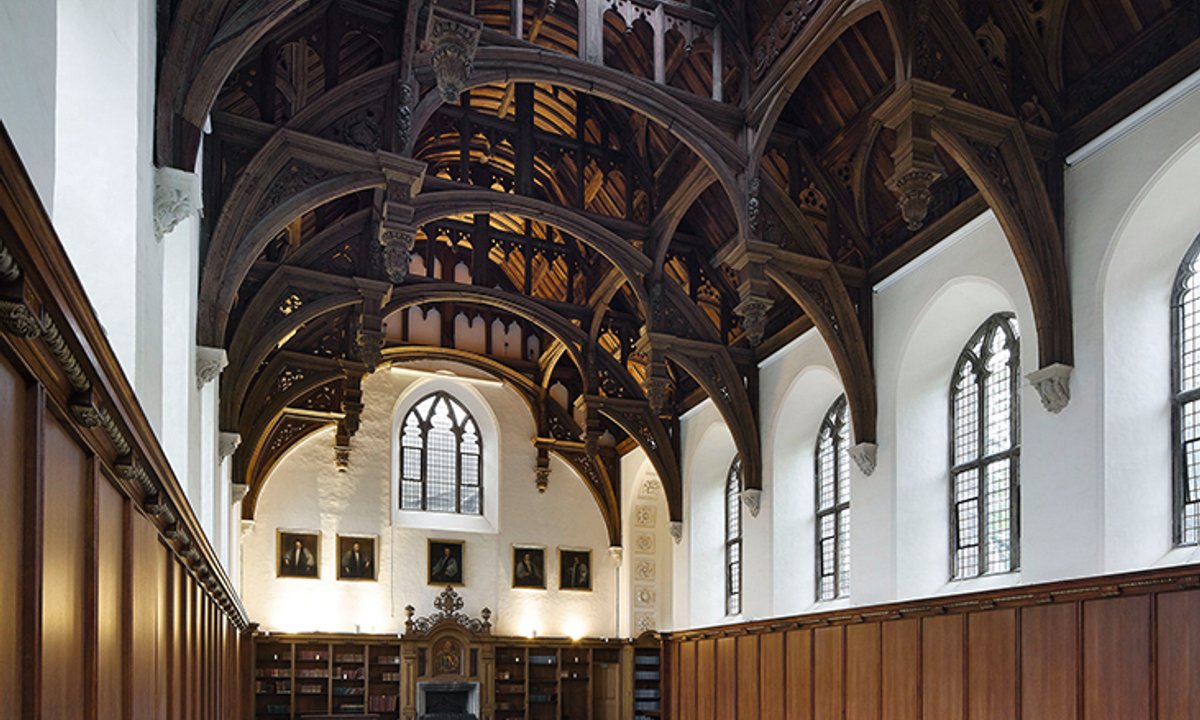
"The aim of the £40m refit was to restore and protect the palace's historic features, but also to make it environmentally sustainable. Undertaken by the architectural firm Wright & Wright and funded by the Church Commissioners, the work involved cleaning 800 sq. m of historic stonework, the replacement of 1,450 sq. m of floorboards and more than 13,500 sq. m of plastering and painting-an area equivalent to two football pitches."
"Sustainability improvements On-site renewables now power the palace. The sustainability improvements include three air-source heat pumps, rooftop solar panels and the installation of energy-efficient double-glazed windows. Lambeth Palace is a unique combination of the archbishop's personal residence and a venue for intimate engagements with presidents and popes, as well as vast gatherings such as the 1,000-strong Lambeth Conference attended by bishops of the world's Anglican Communion. It is also one of the most important heritage buildings in the British Isles, containing museum-quality artefacts."
"Built in the early 13th century, the first Great Hall was visited regularly by Henry VIII. During the recent restoration of the 1660s-built hall, an oak timber fell from the hammerbeam roof, causing the architects to fear the whole roof might cave in. After consultation with the Church Commissioners, it was agreed the roof would be carefully restored as part of the restoration project."
Sarah Mullally will be the first woman Archbishop of Canterbury and the first occupant of a newly refurbished Lambeth Palace. The palace has served as the leader of the Church of England's home for 800 years and was renovated for the first time in 70 years. A £40m refit aimed to restore and protect historic features while improving environmental sustainability. Wright & Wright designed the project and the Church Commissioners funded it, including extensive stonework cleaning, floorboard replacement and large-scale plastering and painting. On-site renewables now power the palace with air-source heat pumps, rooftop solar and double-glazed windows. The building functions as both a private residence and a venue for intimate state engagements and large Anglican gatherings, and restoration work included careful repair of the 1660s Great Hall roof after a timber fell, with archaeological discoveries complicating the project.
Read at The Art Newspaper - International art news and events
Unable to calculate read time
Collection
[
|
...
]